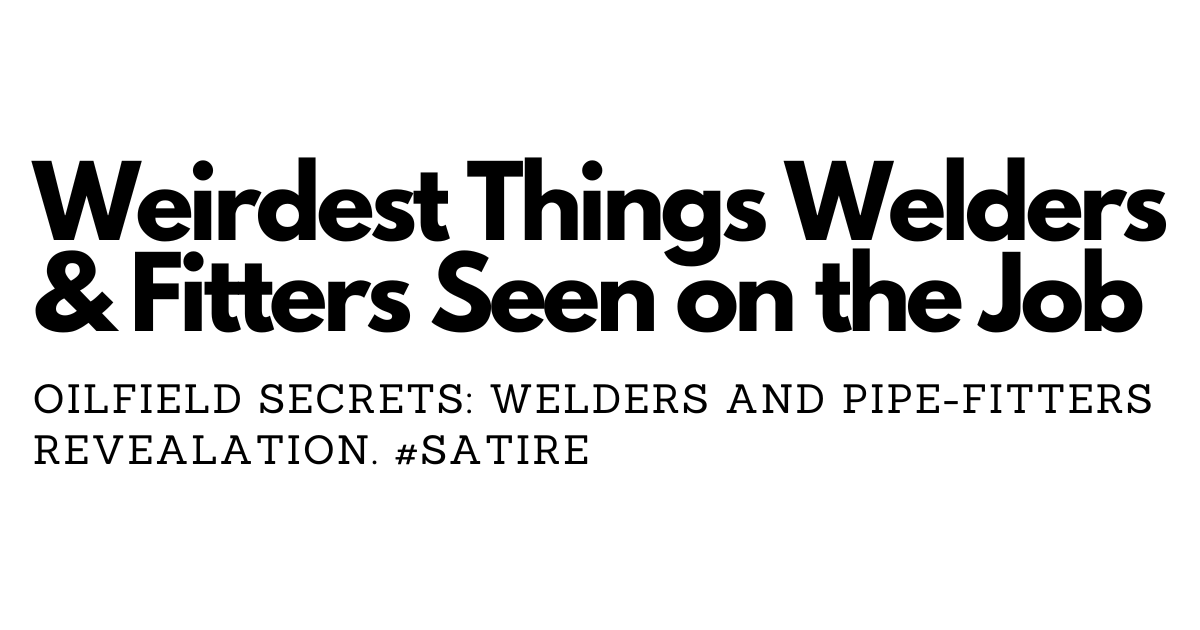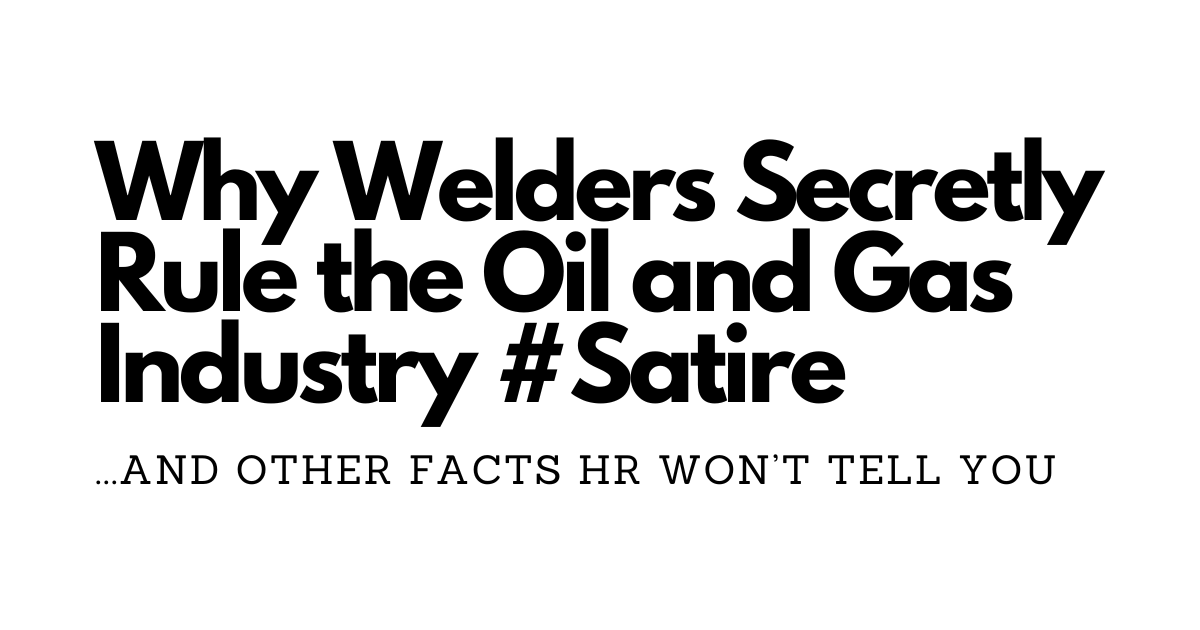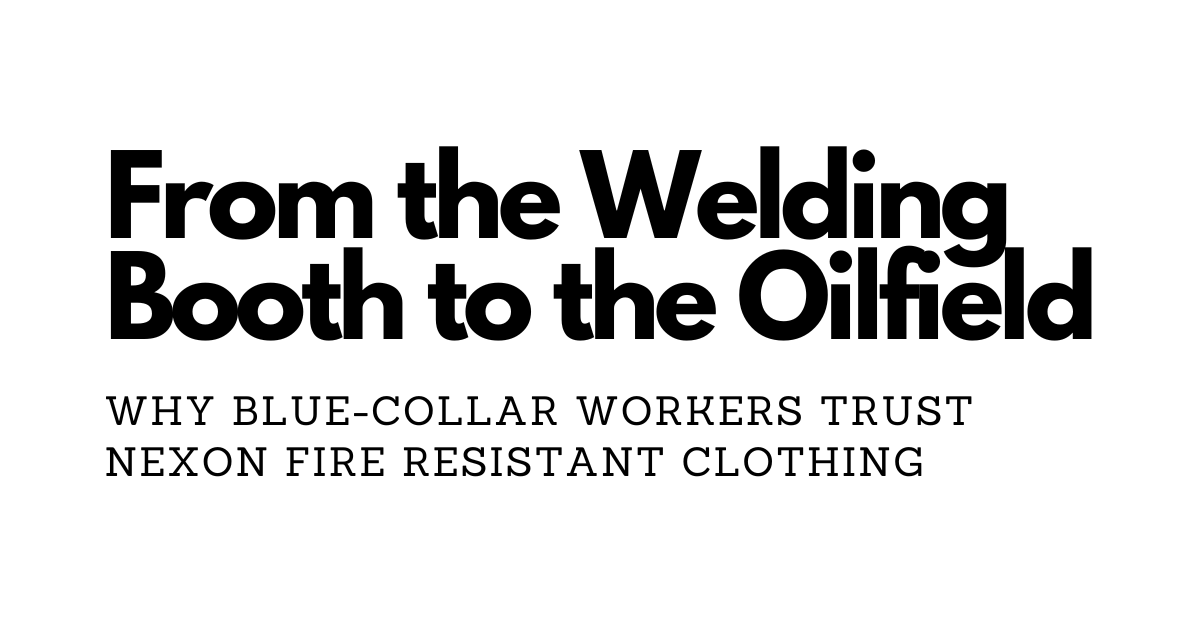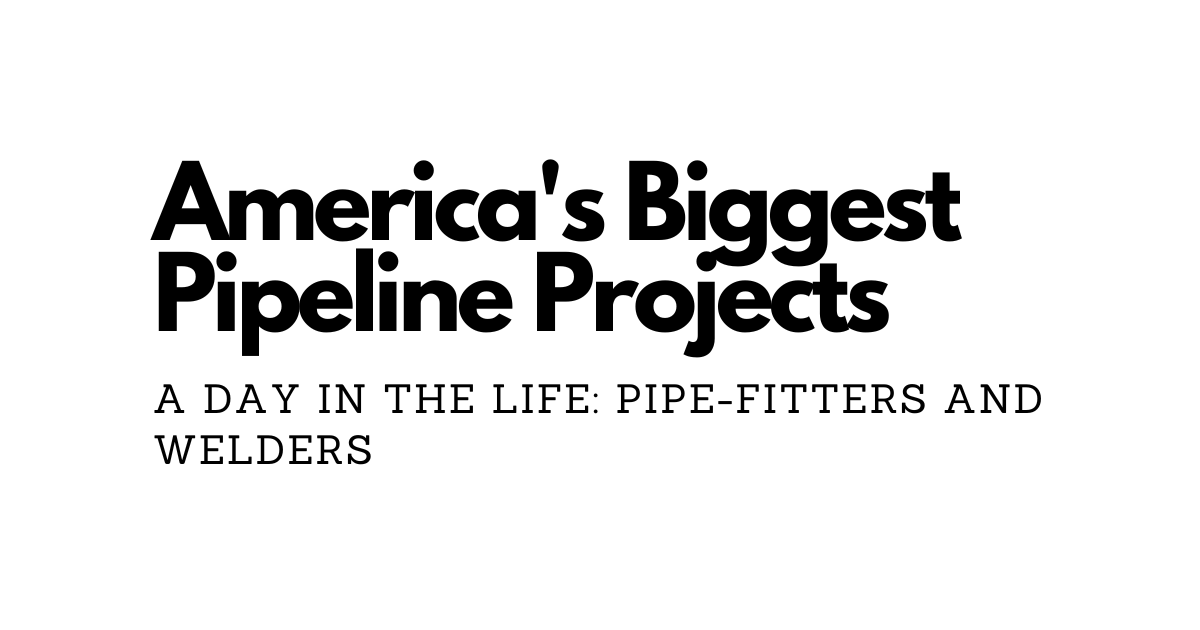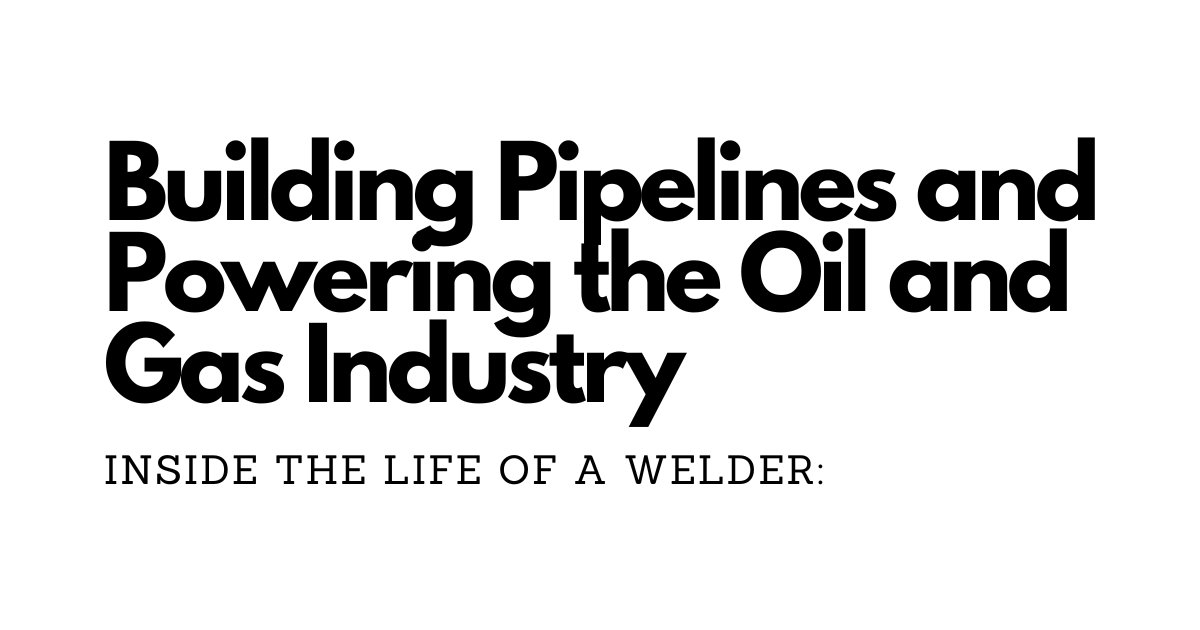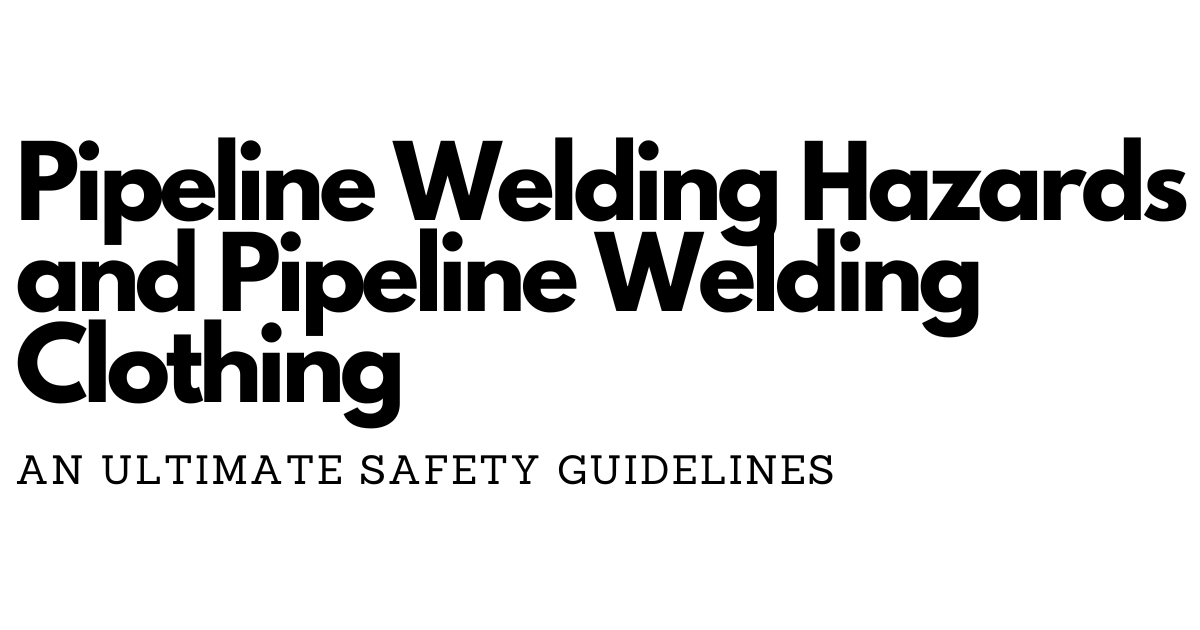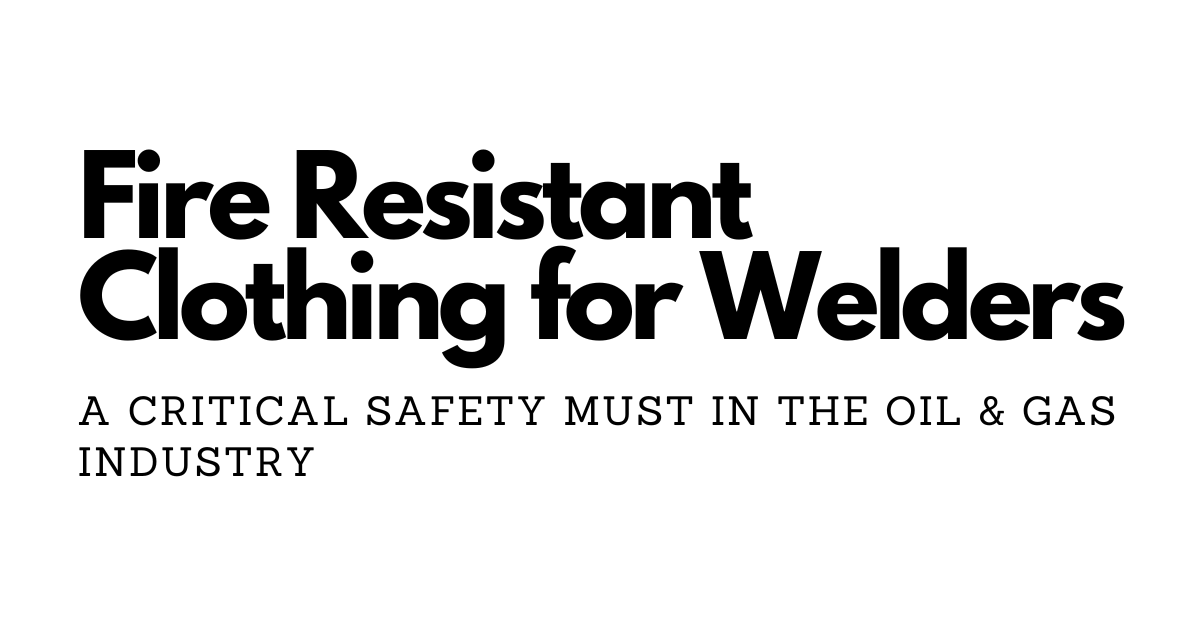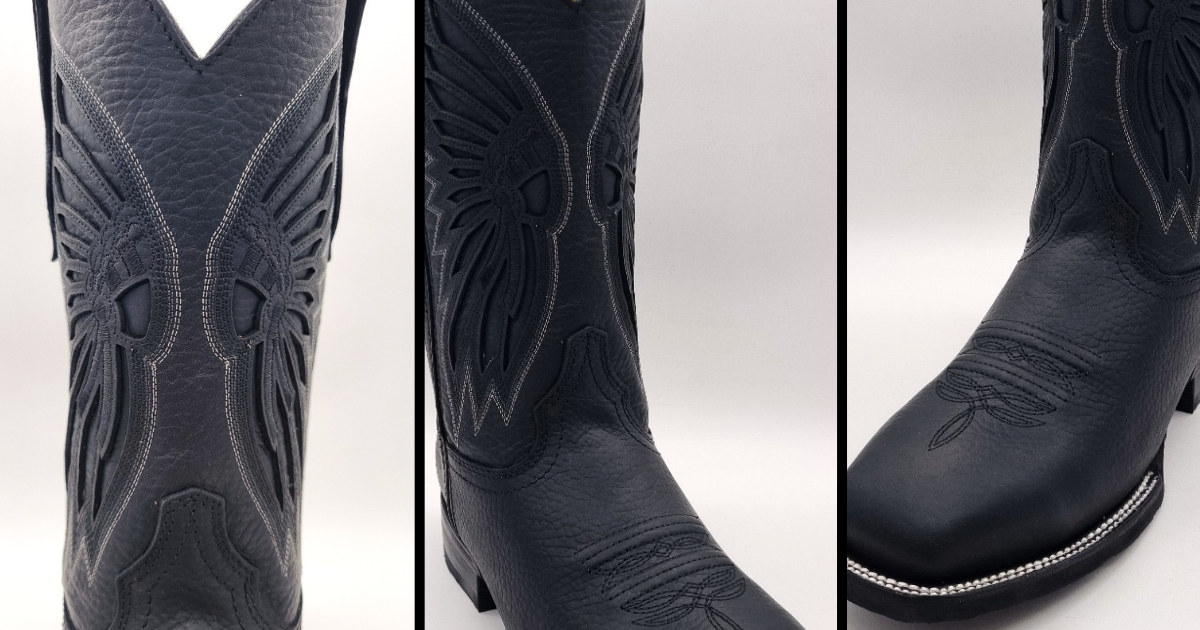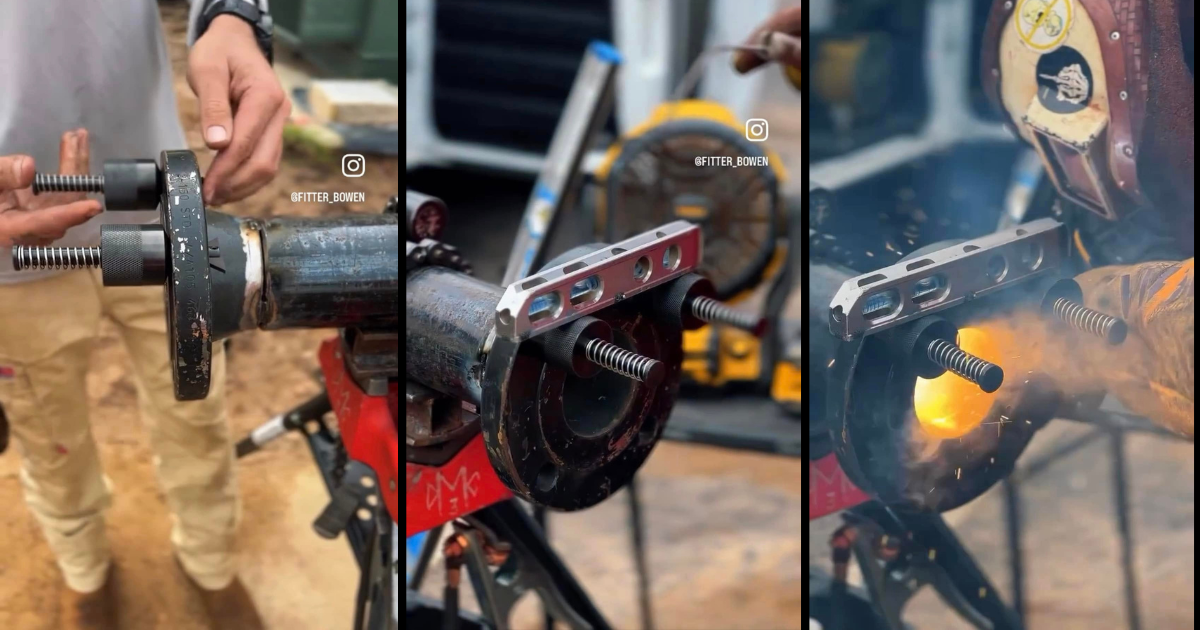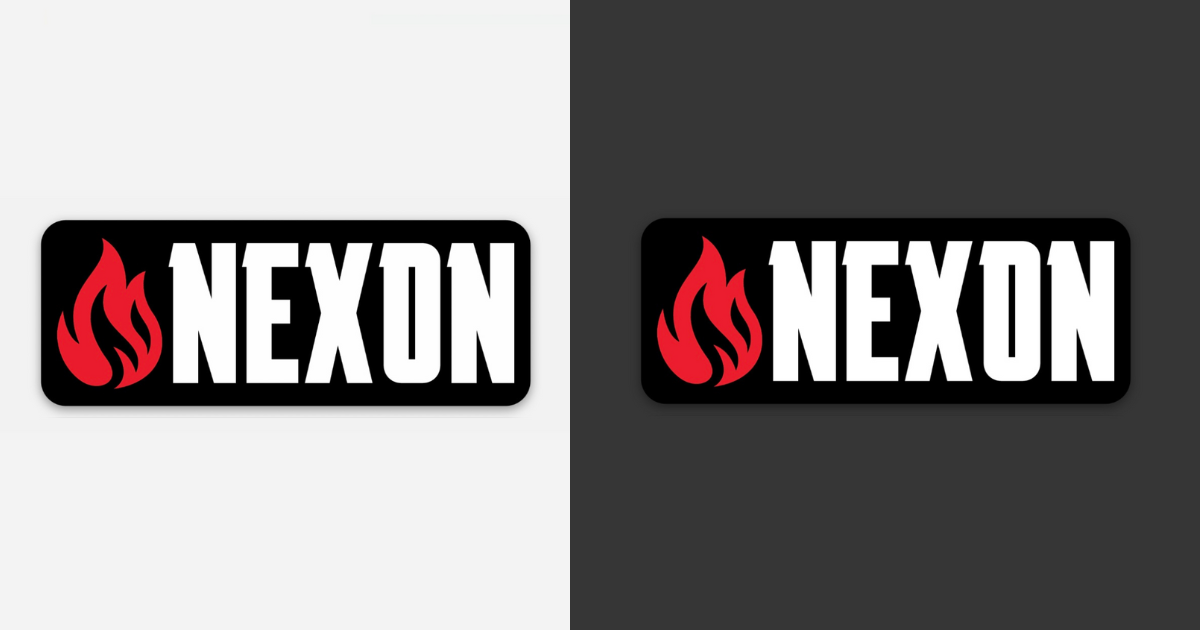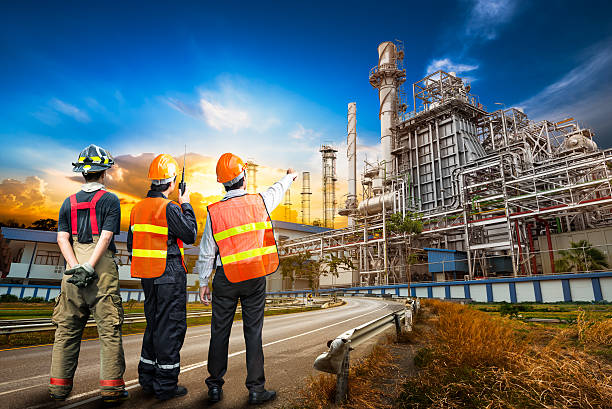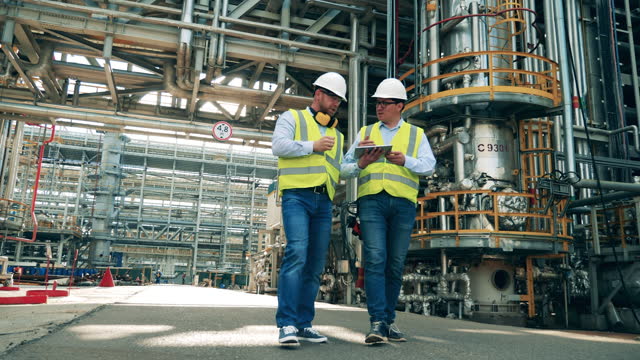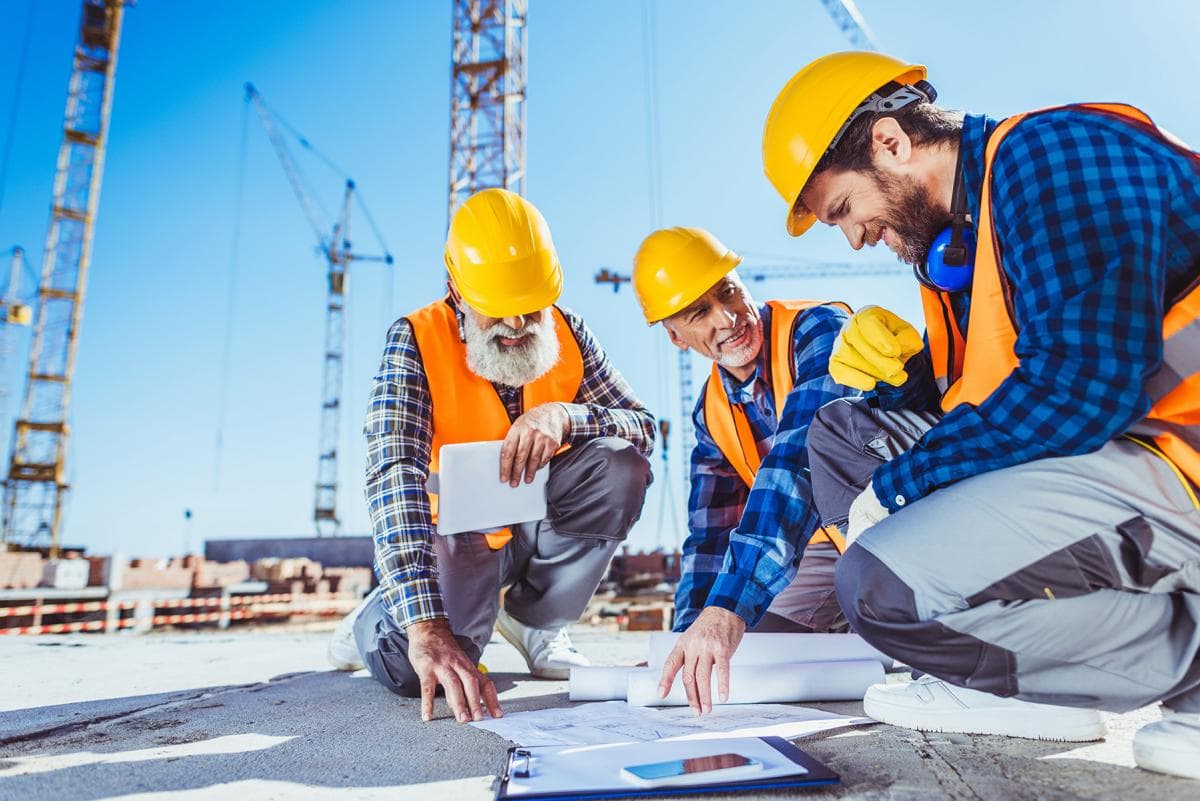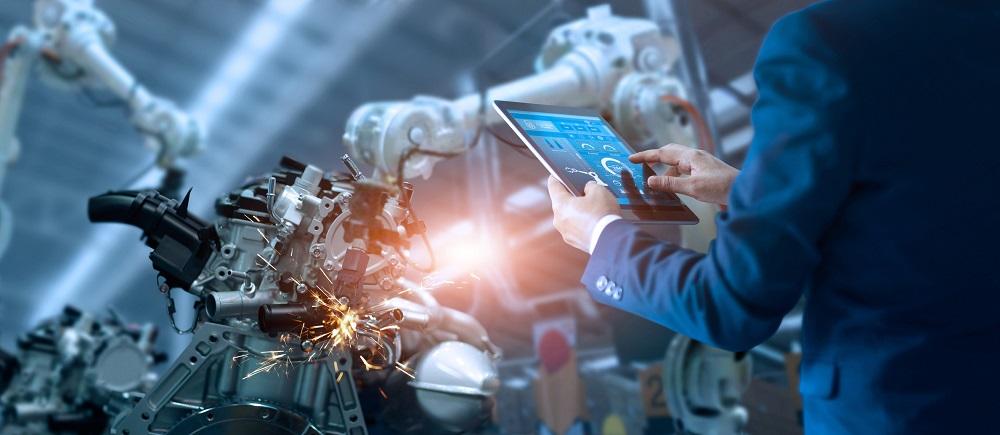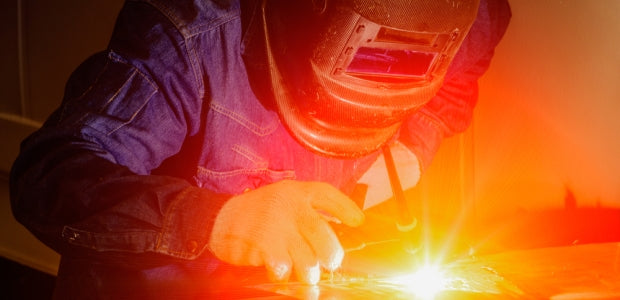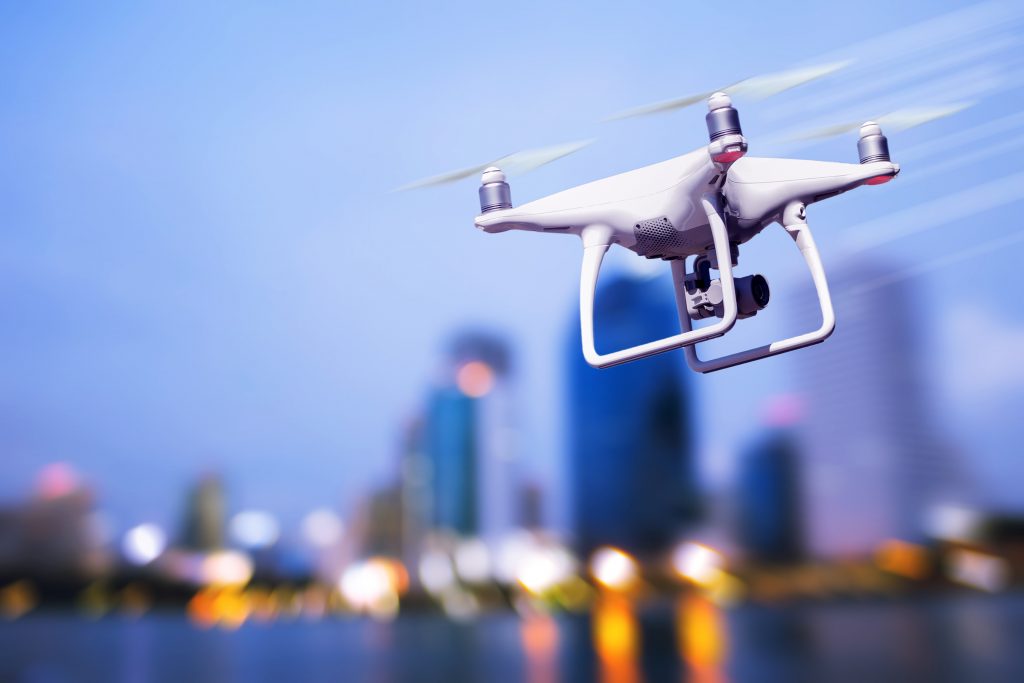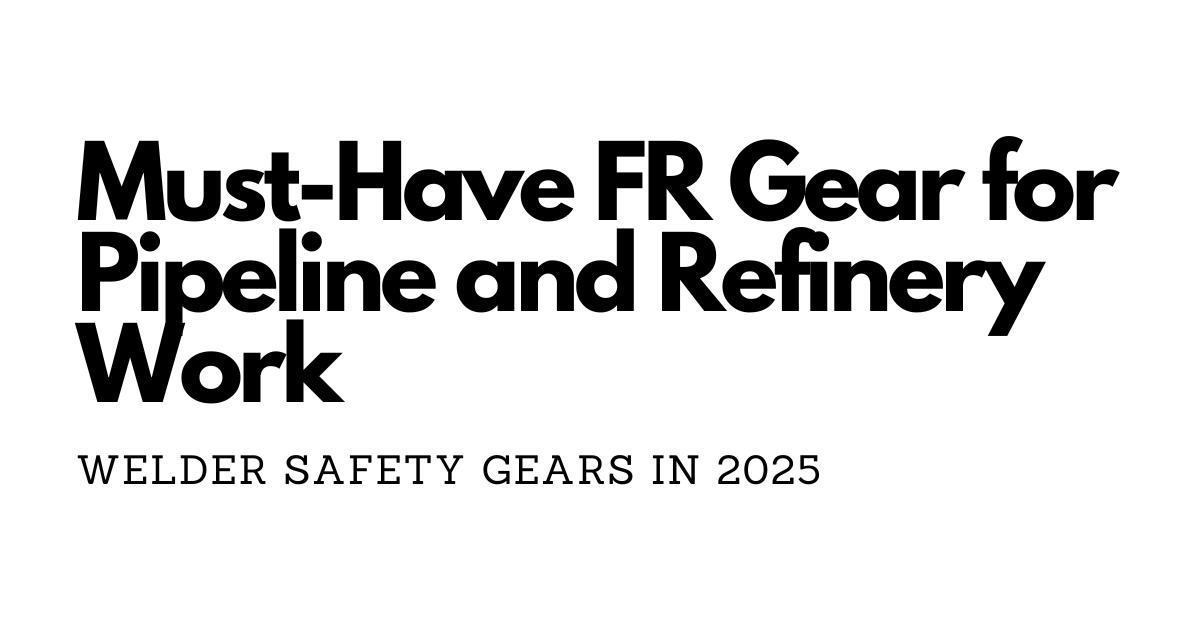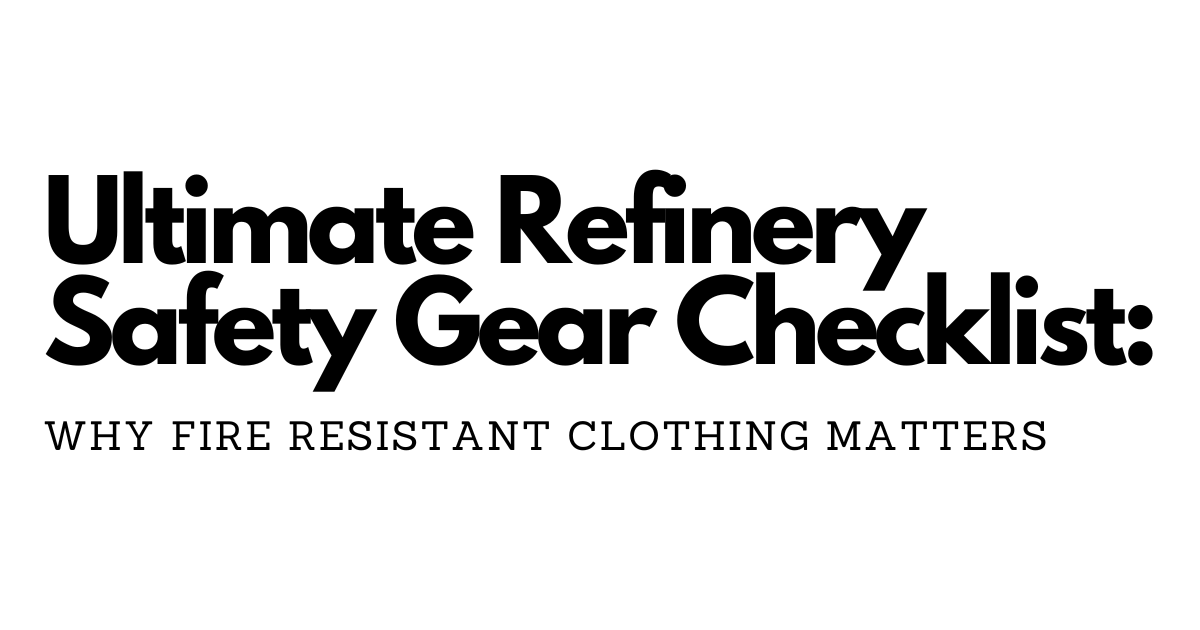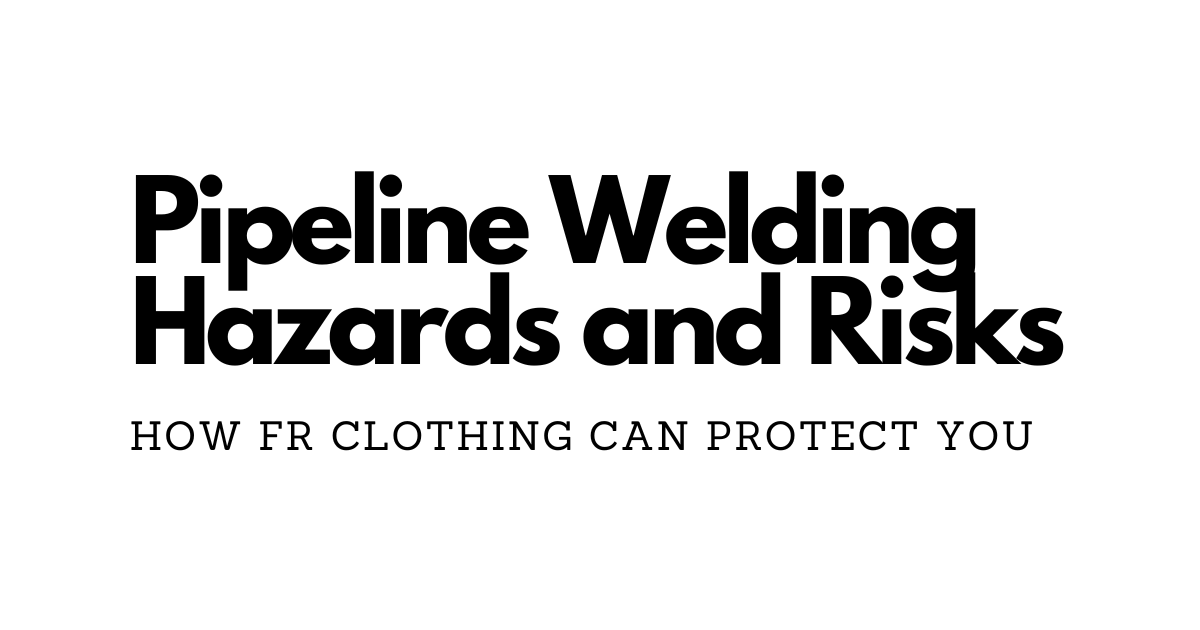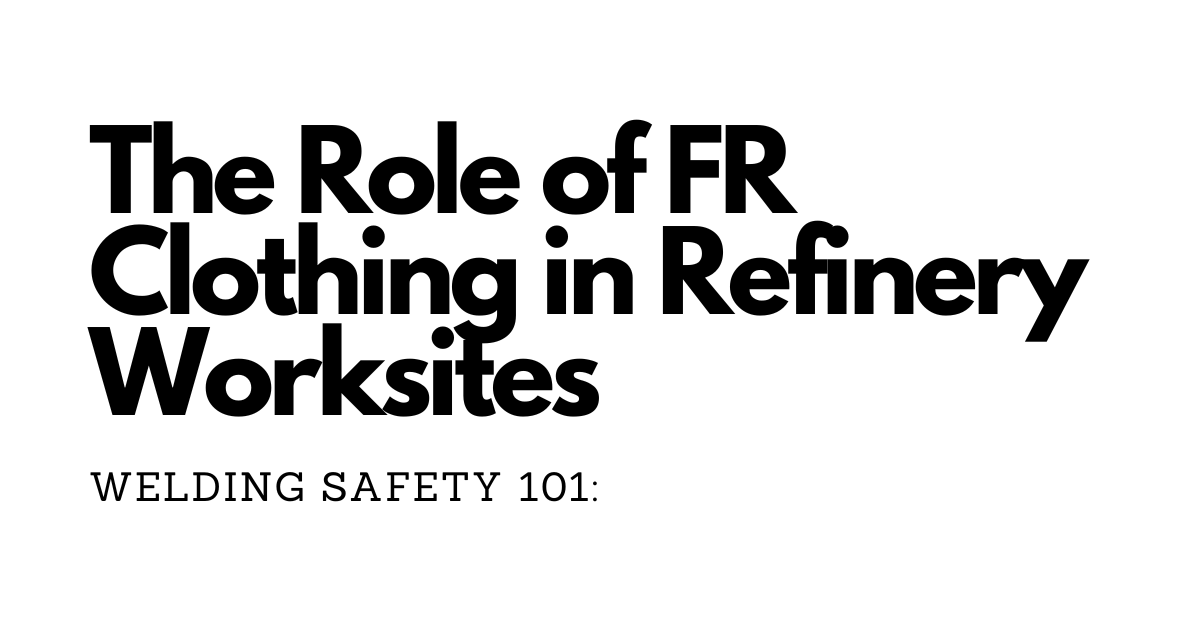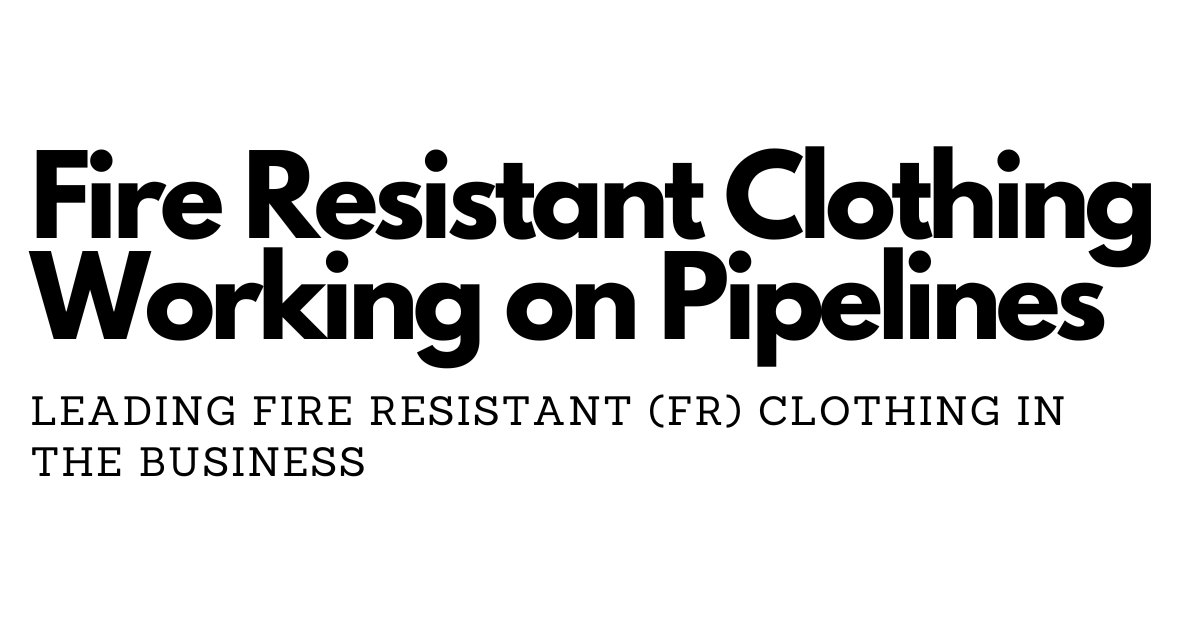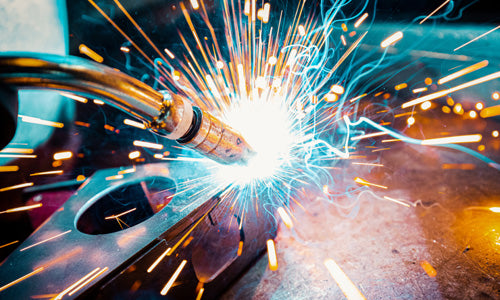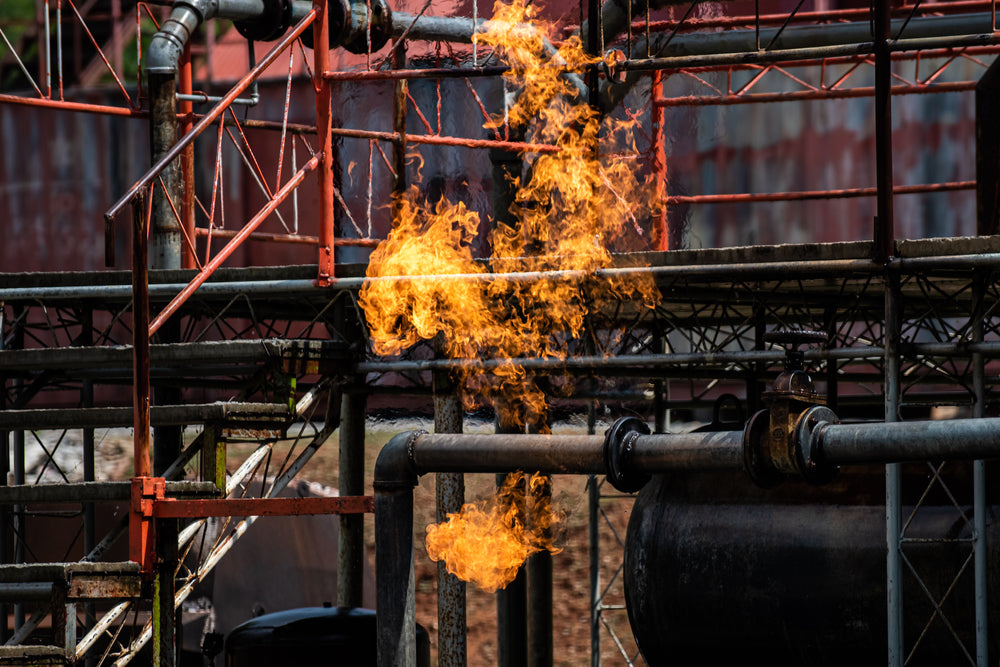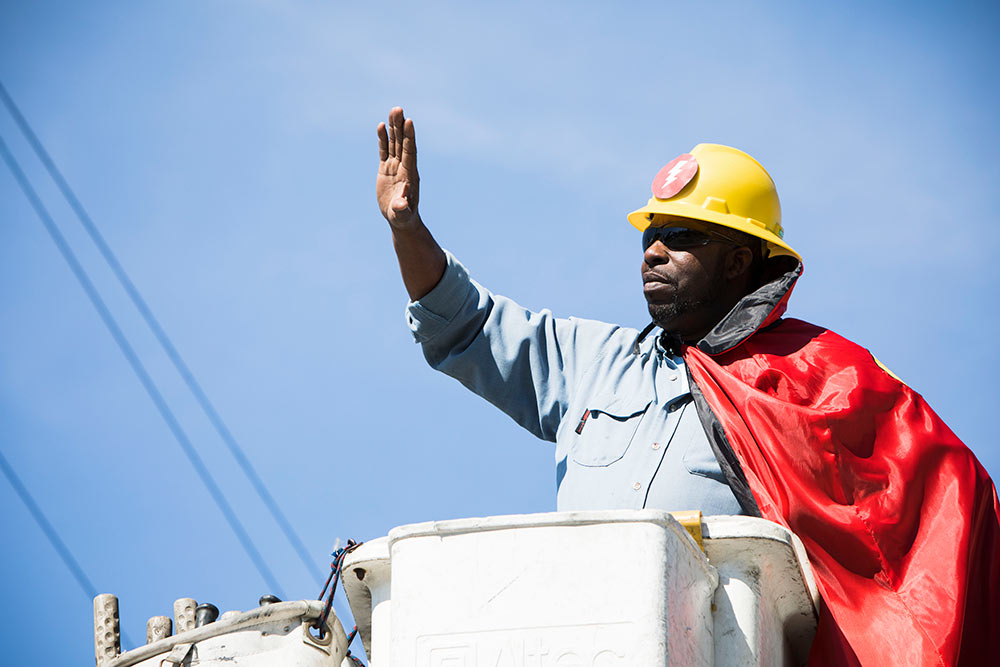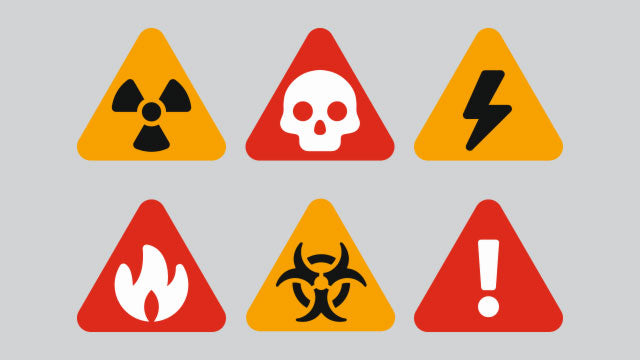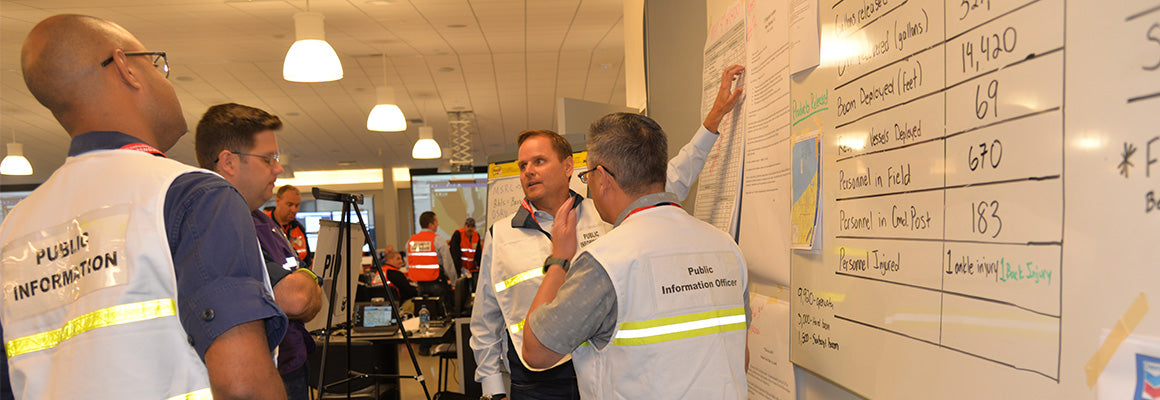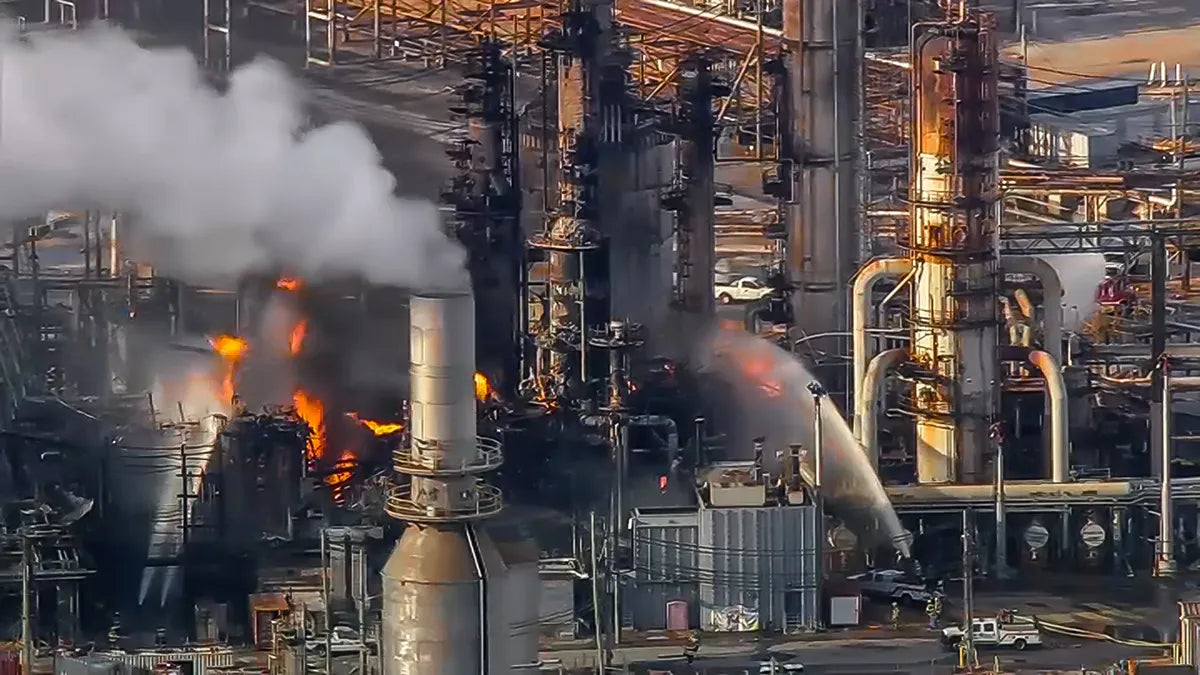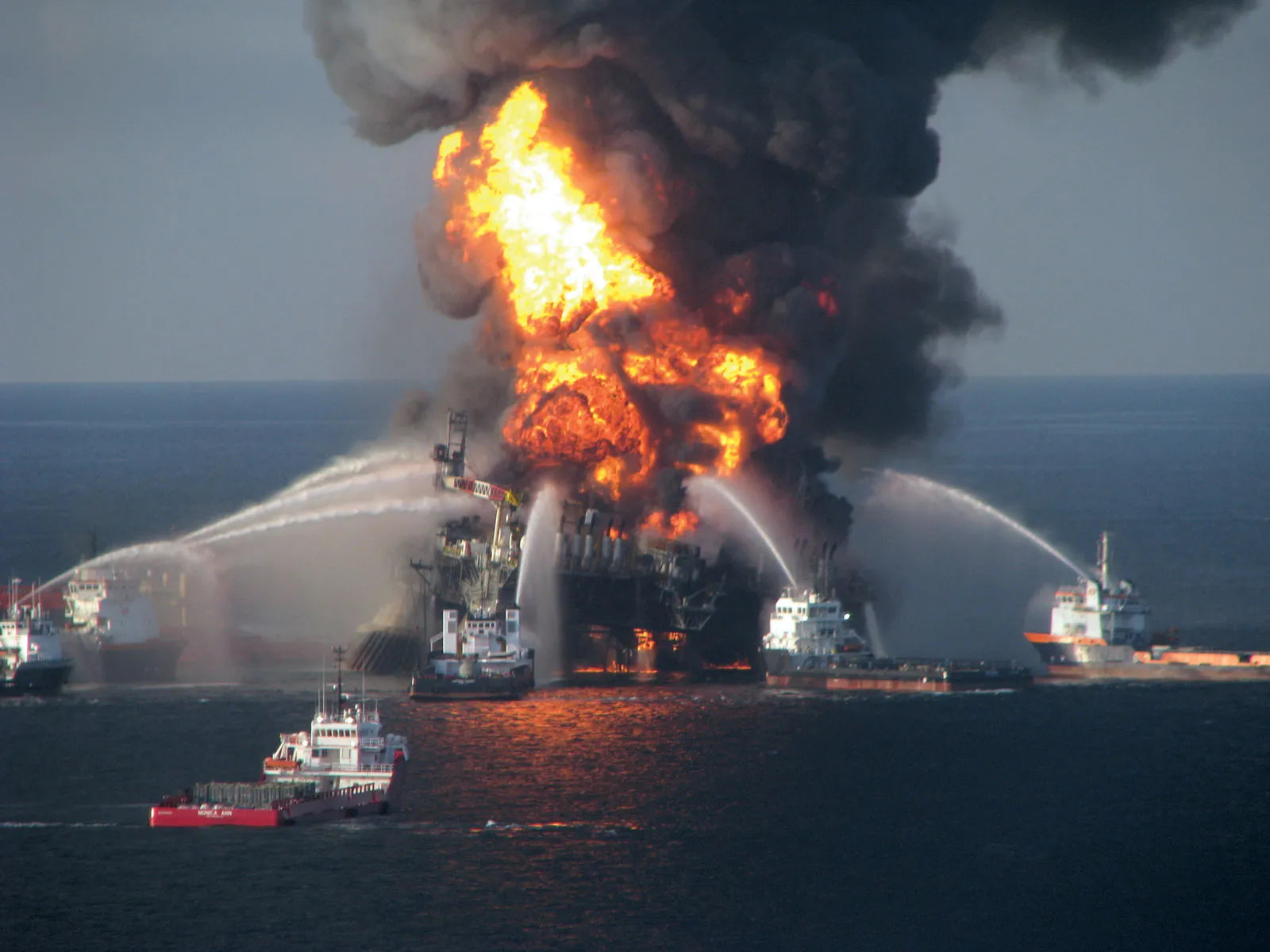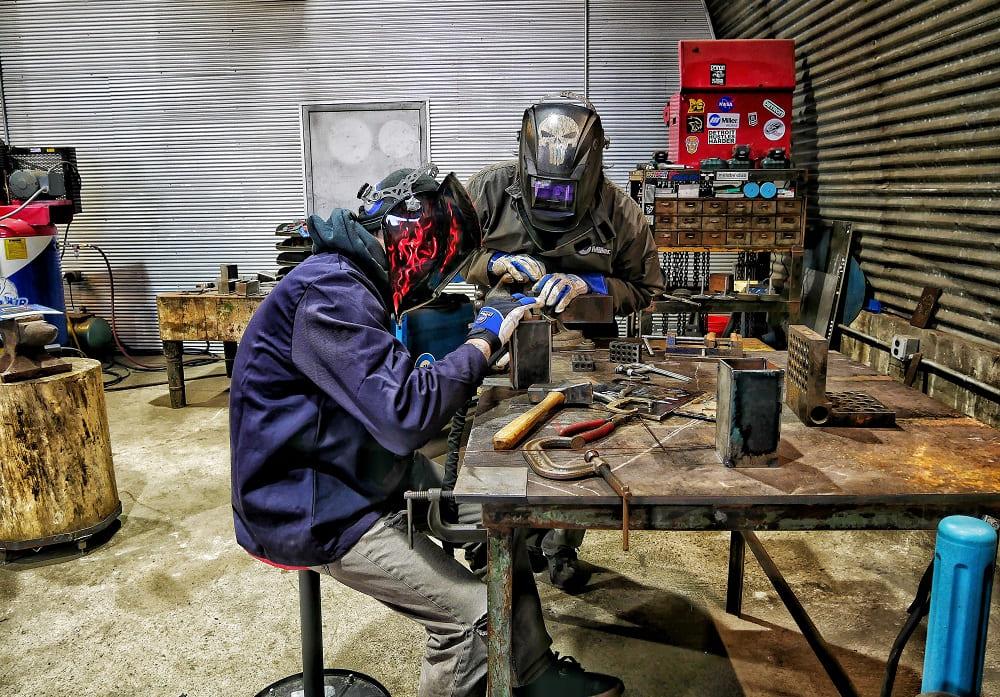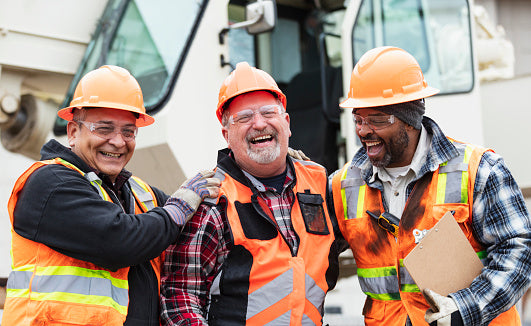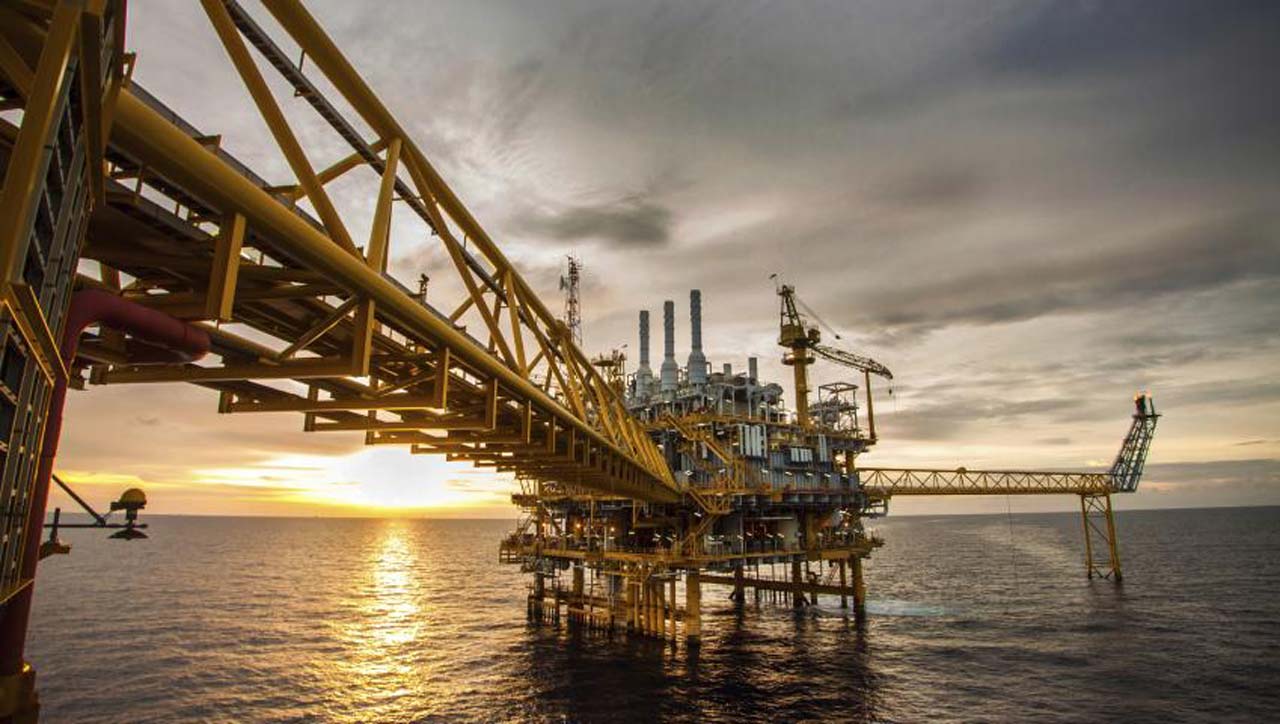

The pipeline industry involves the transportation of oil, gas, and other hazardous materials through pipelines, which can pose various hazards to workers and the environment. Here are some of the hazards associated with the pipeline industry:
-
Fire and explosion: The transportation of flammable liquids and gases through pipelines can lead to fires and explosions, which can cause significant damage and injury.
-
Toxic and hazardous materials: Pipelines may transport toxic and hazardous materials, which can pose risks to workers and the environment.
-
Chemical exposure: Workers in the pipeline industry may be exposed to chemicals used in the transportation and maintenance of pipelines, which can cause respiratory problems, skin irritation, and other health issues.
-
Confined spaces: Workers may need to enter confined spaces, such as pipelines or tanks, to perform maintenance or repair work, which can pose risks of suffocation or exposure to toxic gases.
-
Physical hazards: The pipeline industry involves heavy equipment, high-pressure systems, and other physical hazards that can cause injury or death if not properly maintained and operated.
-
Struck-by hazards: Workers may be at risk of being struck by moving equipment or vehicles, which can cause serious injuries or fatalities.
-
Falls: Working at heights, such as on elevated platforms or scaffolding, can pose risks of falls and other injuries.
-
Weather-related hazards: Workers in the pipeline industry may be exposed to extreme temperatures, storms, and other weather-related hazards that can pose risks to their health and safety.
-
Natural disasters: Natural disasters, such as earthquakes or floods, can cause significant damage to pipelines and pose risks to workers and the environment.
-
Security risks: Pipelines may be at risk of sabotage, theft, or terrorist attacks, which can pose significant risks to workers and the environment.
In conclusion, the pipeline industry involves various hazards that require proper safety measures, training, and equipment to mitigate risks and ensure the health and safety of workers and the environment.
Bonus points: How do we keep the money coming? By staying ALIVE! The pipeline industry involves various hazards that can pose risks to workers and the environment. Here are some tips on how to be safe in the pipeline industry:
-
Follow safety procedures: Workers in the pipeline industry should always follow safety procedures and protocols, including wearing personal protective equipment (PPE) and using proper tools and equipment.
-
Attend training programs: Workers should attend training programs to learn about the hazards and risks associated with the pipeline industry, as well as how to properly operate and maintain equipment.
-
Conduct regular inspections: Regular inspections of pipelines and equipment can help identify potential hazards and prevent accidents or failures.
-
Communicate effectively: Effective communication is essential in the pipeline industry, especially when working in teams. Workers should communicate clearly and openly to ensure everyone is aware of potential hazards and risks.
-
Report safety concerns: Workers should report any safety concerns or issues immediately to their supervisors or safety personnel. This can help prevent accidents and ensure that hazards are addressed promptly.
-
Use proper lifting techniques: Lifting heavy equipment or materials can cause strains or injuries. Workers should use proper lifting techniques, such as lifting with their legs and not their back, and seek assistance when needed.
-
Use caution when entering confined spaces: Workers should use caution when entering confined spaces, such as pipelines or tanks. Proper ventilation and air monitoring equipment should be used to ensure safe entry.
-
Practice proper driving techniques: Workers who operate vehicles or equipment should practice proper driving techniques, including obeying speed limits, wearing seatbelts, and avoiding distractions.
-
Focus on environmental safety: The pipeline industry has a responsibility to protect the environment. Workers should take steps to prevent spills and leaks, properly dispose of hazardous materials, and minimize their impact on the environment.
-
Participate in safety programs: Workers should participate in safety programs and initiatives, such as safety committees or hazard identification programs. This can help create a culture of safety and improve overall safety in the pipeline industry.
In conclusion, being safe in the pipeline industry requires a combination of following safety procedures, attending training programs, communicating effectively, reporting safety concerns, and focusing on environmental safety. By taking these steps, workers in the pipeline industry can help prevent accidents and ensure the health and safety of themselves and the environment.
